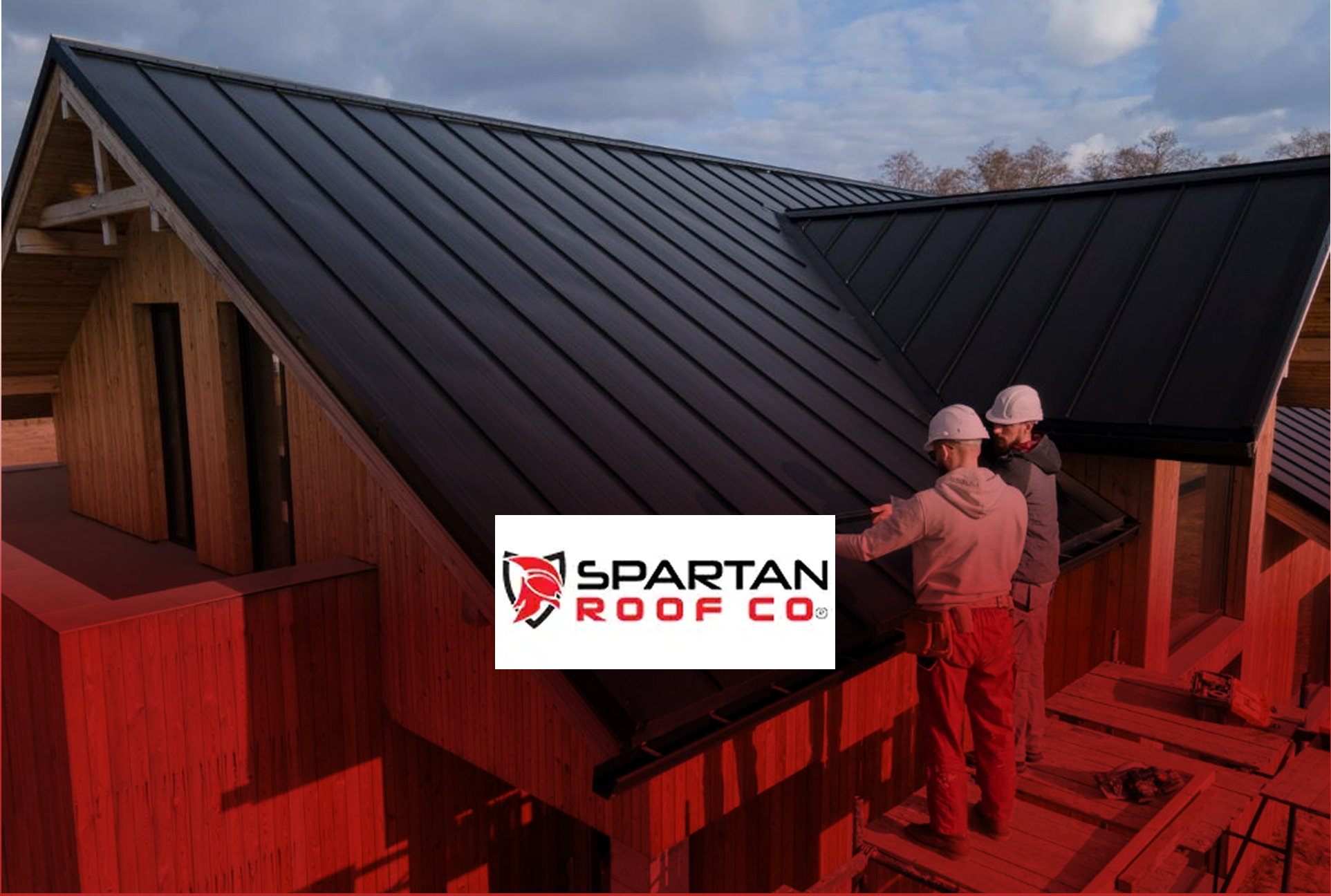Your roof is your home’s first line of defense against weather, water, and wear. But like any other part of your house, it needs regular attention to stay in top shape. Waiting until you notice a leak or missing shingles often means you’ve waited too long. The key to avoiding costly roof repair is frequent inspection—and knowing what to look for.
Whether you live in a historic home or a new build in NorthPark, Texas, understanding how often to inspect your roof can extend its life and prevent expensive surprises. In this blog, we’ll break down when and how to check your roof, what signs to look for, and why proactive maintenance is the smartest investment you can make.
Why Regular Roof Inspections Matter
Your roof endures a lot. From harsh sunlight to hailstorms, it takes the brunt of what Mother Nature throws at your home. Over time, even the strongest roofing materials will begin to break down. That’s why regular inspections are essential.
Roof issues can start small—like a cracked shingle or loose flashing—and gradually escalate into water damage, insulation problems, or structural rot. Catching those problems early through routine checks keeps your roof repair simple and affordable.
In regions like NorthPark, Texas, where seasonal storms and high UV exposure are common, neglecting inspections can lead to fast-moving damage. Regular checks give you the upper hand in keeping your home secure and dry.
How Often Should You Inspect Your Roof for Repair?
The general recommendation from most roofing professionals is to inspect your roof at least twice a year—once in the spring and once in the fall. These times are ideal because they follow seasons of extreme weather and prepare your roof for the next.
In addition to your biannual inspection, you should also check your roof:
-
After a major storm with high winds or hail
-
If you notice ceiling stains or leaks indoors
-
Following tree limb falls or debris impacts
-
Before listing your home for sale or after buying one
For NorthPark, Texas residents, storm season makes spring inspections particularly crucial. After a heavy hailstorm or windstorm, it’s wise to schedule a professional roof repair inspection even if there are no visible signs of damage.
What to Look for During a Roof Inspection
You don’t need to be a contractor to spot signs of potential roof trouble. Many issues can be spotted from the ground or by using binoculars.
During your inspection, look for:
-
Missing, cracked, or curling shingles
-
Damaged flashing around chimneys, vents, or skylights
-
Moss, algae, or debris buildup
-
Granule loss in gutters or downspouts
-
Signs of sagging or uneven roof lines
-
Water stains or mold in your attic or ceiling
While small issues may seem harmless, they often lead to bigger problems if ignored. A minor roof repair today can save you thousands in water damage tomorrow.
Professional Roof Inspections: Are They Worth It?
Absolutely. A certified roofing contractor can detect problems that aren’t visible to the untrained eye. They use tools like moisture meters, drones, and thermal imaging to uncover hidden issues. If you’re unsure whether your roof needs attention—or if it’s been more than a year since your last inspection—now is a good time to schedule one.
Many companies, including those in NorthPark, Texas, offer free or low-cost inspections, especially after storms. These inspections often include a detailed condition report and repair estimates if needed.
If your roof is under warranty, annual professional inspections may even be a requirement to keep your coverage valid. Always check your policy and documentation.
Seasonal Maintenance Tips to Prevent Roof Repair
Inspections are just one part of a solid roof care strategy. Combine them with seasonal maintenance to protect your investment:
-
Clean your gutters regularly to prevent water buildup
-
Trim overhanging tree branches to reduce debris and damage risk
-
Check attic insulation and ventilation, which impact roof health
-
Remove moss or algae using appropriate cleaners
-
Seal flashing and vents where needed
In NorthPark, local roofers often provide maintenance packages tailored to the area’s unique climate. Investing in seasonal care helps reduce the need for frequent roof repair.
FAQs About Roof Repair and Inspection
1. How often should I inspect my roof if I live in NorthPark, Texas?
You should inspect your roof at least twice a year, and again after major storms. Due to NorthPark’s unpredictable weather, more frequent checks may be wise.
2. Can I inspect my own roof, or should I call a professional?
You can do a basic visual inspection yourself, especially from the ground. However, for a thorough assessment, it’s best to call a roofing expert for professional roof repair advice.
3. What’s the average cost of a roof inspection?
Many roofing companies offer free inspections, especially following storms. More detailed or certified inspections may cost $150 to $400 but can save much more in roof repair costs.
4. What are the signs that my roof needs immediate repair?
Visible leaks, missing shingles, mold in the attic, and sagging areas are red flags. Don’t wait—schedule a professional roof repair service as soon as possible.
5. Does insurance cover roof repairs after inspections?
If the inspection reveals damage from a covered event (like hail or wind), insurance typically pays for roof repair. Always document the damage and file claims promptly.






